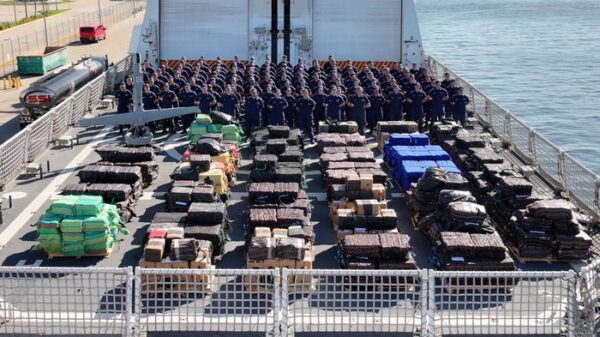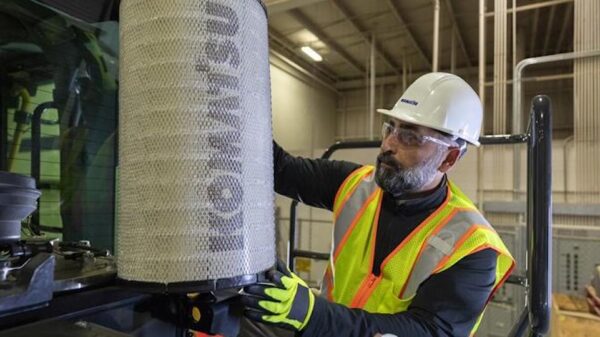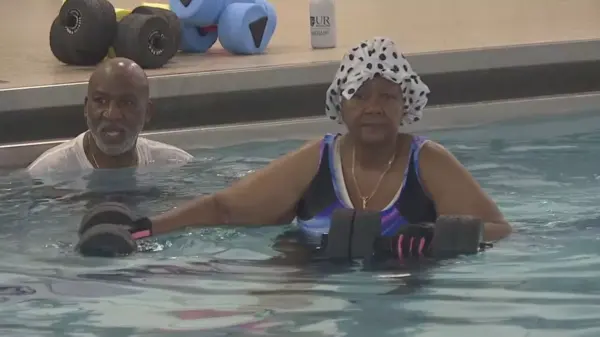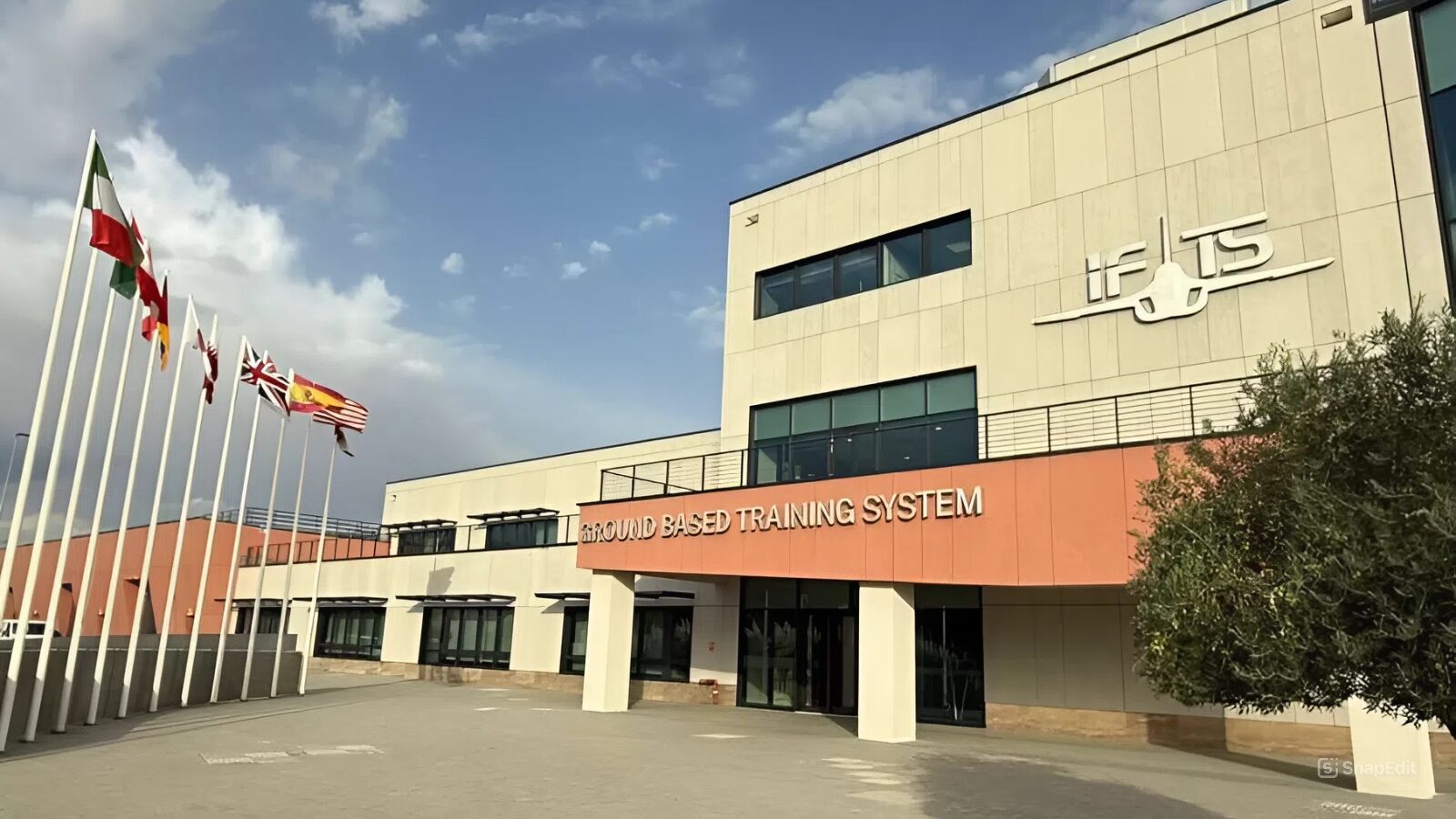The International Flight Training School (IFTS) in Sardinia, Italy, is revolutionizing how fighter pilots are trained for the complexities of modern warfare. Traditional flight training has left pilots unprepared for the cognitive demands of operating advanced aircraft like the F-35 Lightning II. The IFTS is addressing this gap by adapting its training methods to meet the challenges posed by fifth-generation fighter jets.
Historically, pilot training progressed through a series of stages designed for an era when adding capabilities meant physical modifications to aircraft. In contrast, fifth-generation fighters rely on software updates, allowing for rapid enhancements and new tactical options. This shift requires pilots to adapt continuously, focusing not merely on executing maneuvers but on developing cognitive skills necessary for success in a networked combat environment.
At the Decimomannu Airbase, IFTS utilizes the M-346 advanced trainer, which mirrors modern combat aircraft architecture. This approach allows students to engage with advanced combat concepts during their training, rather than learning them only after reaching operational units. The aim is to reshape the cognitive frameworks that define effective combat pilots today.
Innovative Training Ecosystem
IFTS employs a cutting-edge, four-cluster Live Virtual Constructive (LVC) training ecosystem that integrates both synthetic and live flight operations. Cluster One offers unlimited simulation practice using actual aircraft software, allowing students to master basic systems and procedures. Cluster Two incorporates augmented and virtual reality, enhancing cognitive skills while tracking students’ attention patterns for tailored, AI-supported training.
Advancing to Cluster Three, students engage in mission-level training with live aircraft and simulated pilots interacting in coordinated scenarios. Finally, Cluster Four connects live operations with projected extended battlespace scenarios, introducing synthetic threats that pilots must respond to in real-time. This comprehensive training model dramatically reduces fuel consumption, maintenance costs, and environmental impact while delivering realistic combat readiness.
The IFTS model not only prepares pilots for the technical aspects of flying but ensures they are mentally equipped to manage real-time data and make critical decisions under pressure. This focus on cognitive skills represents a fundamental change in pilot training.
Harmonizing the Training Pipeline
One of IFTS’s most significant innovations is the harmonization of Italy’s fighter pilot training pipeline. Since 2016, the Italian Air Force has systematically reviewed and improved every phase of training to eliminate redundancy. This continuous feedback loop, involving instructors from various operational units, ensures that lessons learned in real-world operations inform training adjustments.
As a result, graduates of IFTS now require 30 percent less training time at conversion units for the Eurofighter and other operational aircraft. They arrive equipped with the necessary tactical knowledge and procedures, allowing them to focus on mastering the specific performance characteristics of their assigned aircraft.
Moreover, Italian students frequently excel in international training environments, such as those at Luke Air Force Base in the United States, often ranking at the top of their classes in the F-35 training program.
With twelve allied air forces, including the US Air Force, sending students to IFTS, the facility serves as a vital tool for coalition-building. This international collaboration fosters trust and interoperability among partner nations, enhancing joint operational capabilities.
Students not only develop technical skills but also share common tactical languages and procedures that facilitate effective coalition operations. This cognitive alignment is crucial as air forces globally face the challenges of integrating fifth-generation capabilities.
The IFTS model underscores several key principles: maintaining military ownership of training standards, eliminating inefficiencies through harmonization, and ensuring continuous operational feedback. By embracing software-defined training systems aligned with modern combat platforms, IFTS is not just training pilots for today’s aircraft; it is shaping aviators prepared for the complexities of future warfare.
The transformation occurring at the International Flight Training School in Sardinia is not merely about improving flying skills. It represents a fundamental shift in training philosophy, focusing on cognitive development and adaptability in an era where information dominance is paramount.



































































